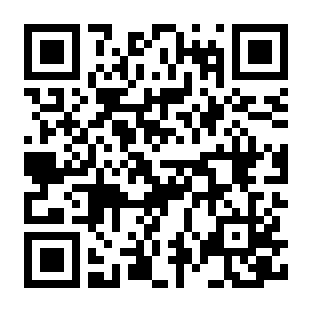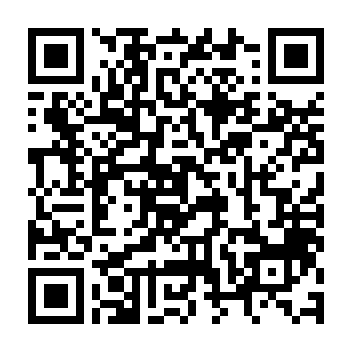The Site of Nagasakiya, Muromachi, Nihonbashi, Chuo ward
Hoshu Katsuragawa: A Master-Pupil Bond Crossing Borders
Hoshu Katsuragawa, who interacted with the Dutch, heard his name in an unexpected situation.

(Voice actor) Ms.Marilyn Lo

In Nihonbashi-Muromachi, Chuo ward, Tokyo, there is a monument called “Nagasakiya.” In the Edo period, there was a yakushu-donnya (equivalent to modern-day drug store or pharmaceutical company) by the name of Nagasakiya. The Dutch who came to greet the Tokugawa regime used to stay here as well. During the Tokugawa regime, until they started trading in the 1850s, Japan had a sea ban policy (called sakoku). But Japan did have some interaction with foreign countries, continuing trade with Qing (now China), Korea (now South and North Korea), and the Netherlands. However, the place to conduct trade was limited to a man-made island in Nagasaki called Dejima. The Dutch and the Chinese were not allowed to leave the island. The only exception to that was when the Dutch went to Edo castle to greet the shogun. The Dutch visited Edo in 1776 too, and they arrived at Nagasakiya. There was an interaction between the Japanese and the Westerners at this time. Western knowledge was brought into Japan through foreign books. Around 1776, an increasing number of people were studying the latest medicine through Western medical books. Those who studied Western academics were called “Dutch scholars.” Many people, especially these Dutch scholars, came to Nagasakiya and acquired Western knowledge and languages. Two Japanese Dutch scholars visited Nagasakiya. One was Jun-an Nakagawa. The other was Hoshu Katsuragawa. Jun-an Nakagawa was the central figure in translating “Kaitai Shinsho,” the translated version of a Western medical book “Ontleedkundige Tafelen” when there were no dictionaries. Hoshu Katsuragawa was born into a family of doctors that served to the Tokugawa shogun from generation to generation, and helped translate Kaitai Shinsho. Also, Hoshu was studying surgical operations, which was not yet developed in Japan. The two came to Nagasakiya to study the latest medicine and language. Here, Jun-an and Hoshu met Thunberg, the doctor of the Dutch Trading Post. Jun-an and Hoshu enthusiastically questioned Thunberg, and Thunberg, feeling their passion, taught them the latest medicine and Dutch. Also, through small talk, he was impressed to learn that there were people who accomplished something as difficult as translating a specialized book without even the help of a dictionary. This interaction lasted only for a few months. However, for Thunberg, these few months were unforgettable. Thunberg was moved to know that there were people genuinely studying Western academics in Japan, far from Europe, and that through a translation process that could be described as doomed, they translated a medical book into Japanese and saved many lives. Thunberg left Nagasaki soon after and returned to Europe, but he wrote a book about this experience and introduced it to Europe. In it, he described Jun-an Nakagawa and Hoshu Katsuragawa as excellent scholars of Japan and as his friends. Over a decade later, Hoshu would hear about his reputation in an unexpected way.
"100 hidden stories of Tokyo" Application Download
Caution
This app contains in-app purchases.
Please note that packet data fees will be charged separately.



